
Singapore deploys robot cockroaches for earth.quake relief in Myanmar
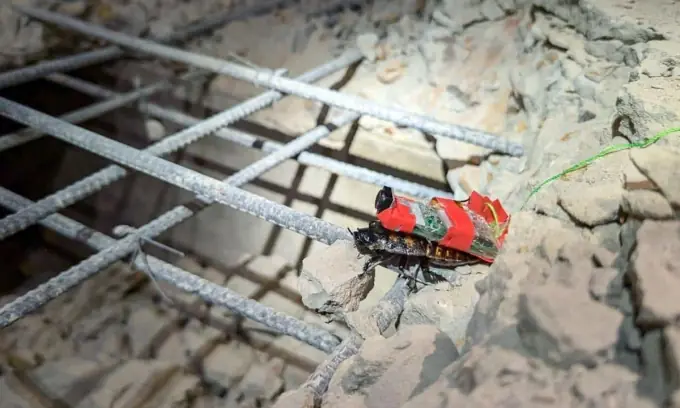
Singapore uses 10 camera-equipped cockroaches to support search and rescue operations after the 7.7-magnitude earthquake in Myanmar.
Singapore's Straits Times reported on April 5 that a team of 10 robot cockroaches was sent to Myanmar on March 30 to participate in the post-earthquake search and rescue operation called "Lion Heart" by the Singapore Civil Defence Force (SCDF).
This is the first time an insect hybrid robot has been deployed in the field as well as in humanitarian relief operations in the world. This robot cockroach model was developed by the Home Team Science and Technology Agency (HTX) in collaboration with Nanyang Technological University and Klass Engineering & Solutions.
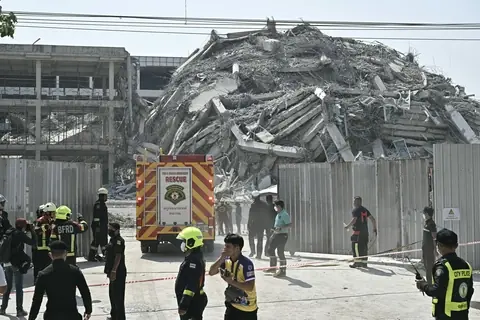
They were created by attaching infrared cameras and sensors to Madagascar hissing cockroaches, one of the world's largest cockroach species, measuring 5-7.5cm in length when fully grown. However, they are still very small compared to humans, so they can replace humans by crawling into small crevices under rubble.
These are live cockroaches attached to electrodes, allowing humans to stimulate and control their movements remotely. Information collected through cameras and sensors is processed by machine learning algorithms, helping to identify signs of life. This data will then be transmitted wirelessly to the operations team so they can deploy appropriate resources.
The robot cockroach prototype was introduced at technology fairs in Singapore in April 2024 and is expected to be deployed from around 2026, but has been deployed early in the field in Myanmar to support rescue efforts.
It was first used here on March 31 and again twice in the capital Naypyidaw on April 2, but no survivors were found. However, the robotic cockroach squad has assisted Singaporean forces in the search in the worst-hit areas.
Yap Kian Wee and Ong Ka Hing, two engineers who operate the robotic cockroach squad, said the cockroaches are still healthy and are being fed water and carrots.
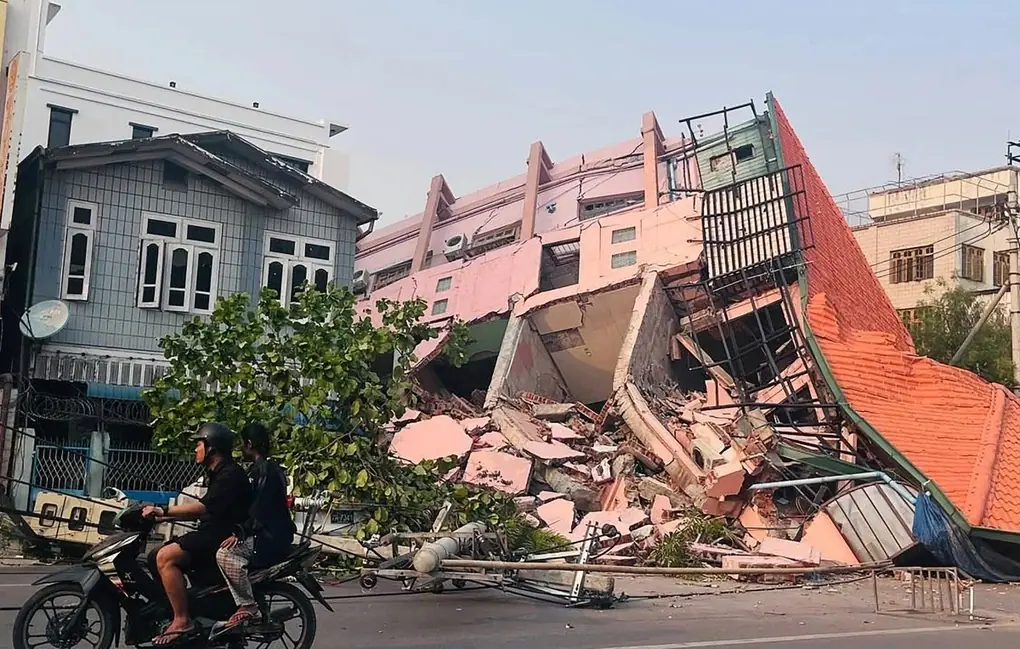
"The mission here makes us want to continue to improve the technology so we can find survivors faster," Yap said.
Ong Ka Hing expressed optimism about the potential of the technology despite some challenges during its deployment in Myanmar.
"The Singapore test was very different from the real, volatile situation here. We encountered some technical issues and things did not go smoothly. However, these will be valuable lessons for us to improve in future deployments," Ong stressed.
The 7.7-magnitude earthquake that struck on March 28 with its epicenter near Mandalay, Myanmar's second-largest city, has killed 3,354 people, injured 4,850, and left 220 missing as of April 5. The incident caused many buildings to collapse or severely damage, leaving thousands homeless.
News in the same category


Using Public Wi-Fi Without Knowing This Could One Day Wipe Out Your Entire Bank Account

The "Miracle Leaf" of Mexico: Widely Available Across Asia but Little Known for Its Benefits

In Less Than 5 Years, These 4 Things Will Be More Valuable Than Houses or Cars

Guinness Records 2022: At 7 feet and 0.7 inch, Rumeysa Gelgi is the world’s tallest woman

A Fish Called the "Ginseng of the Sea": Cheaper Than Meat, More Nutritious Than Bird’s Nest – Often Overlooked

3 parts of shrimp that "accumulate t.oxins" - Many people eat them without knowing

Why do hotels always have a cloth across the bed?
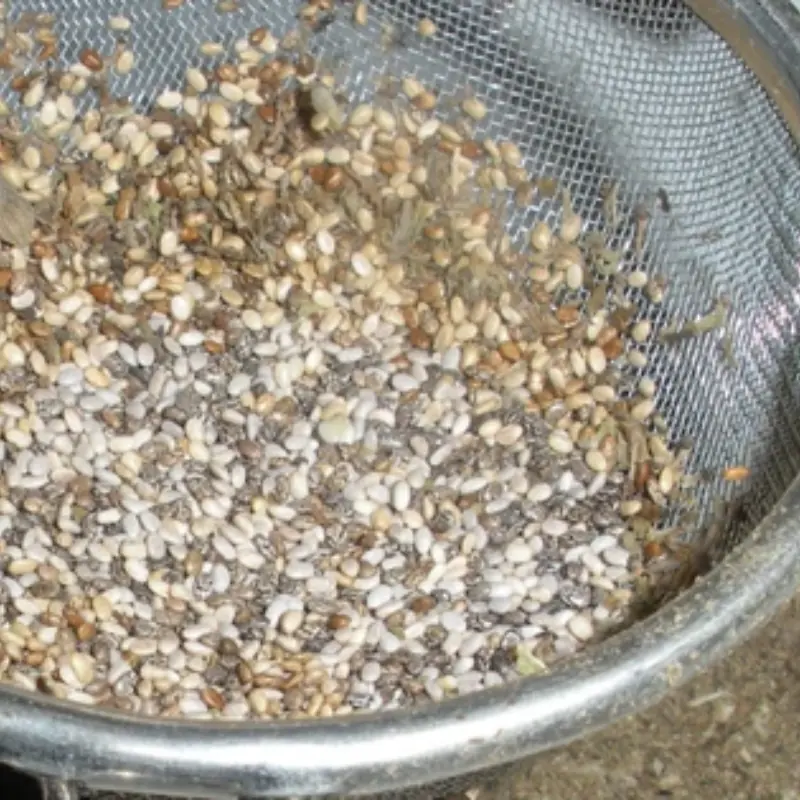
A Tiny Seed with Mighty Benefits

Don't put ginger, garlic, and chili in the refrigerator: Store them this way to keep them

The non-stick coating of the rice cooker has peeled off after long use. Is it harmful to use it?
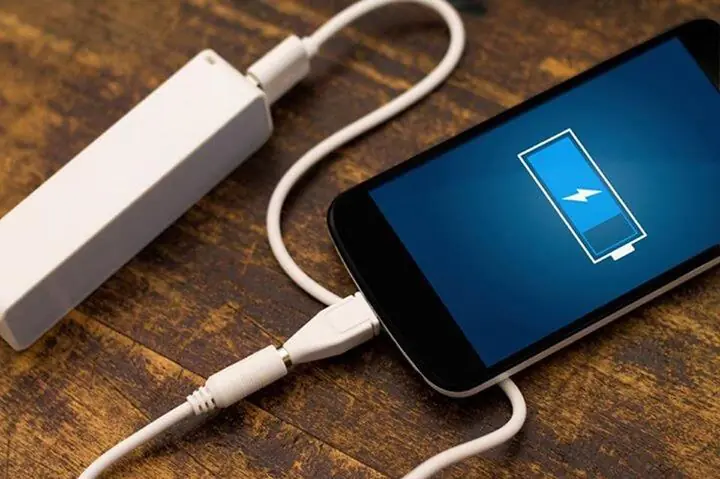
"Why I Only Charge My iPhone to 80% Instead of Fully Charging" – Everyone's Got It Wrong; Fully Charging Isn’t Always Best
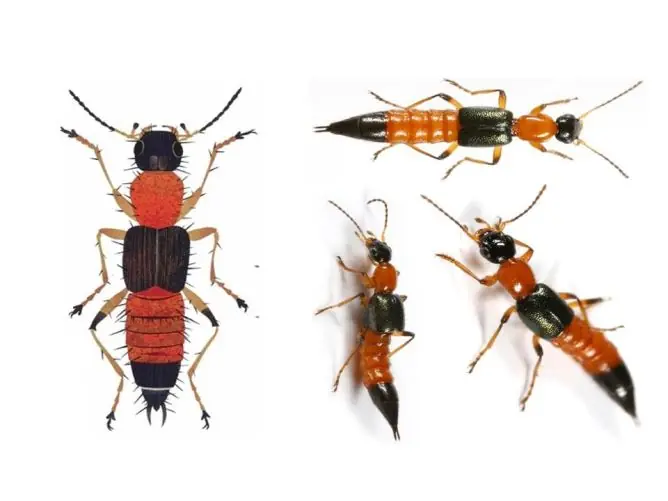
The insect, the size of a grain of rice, is 12 to 15 times more toxic than cobra venom

Don't keep these 4 things
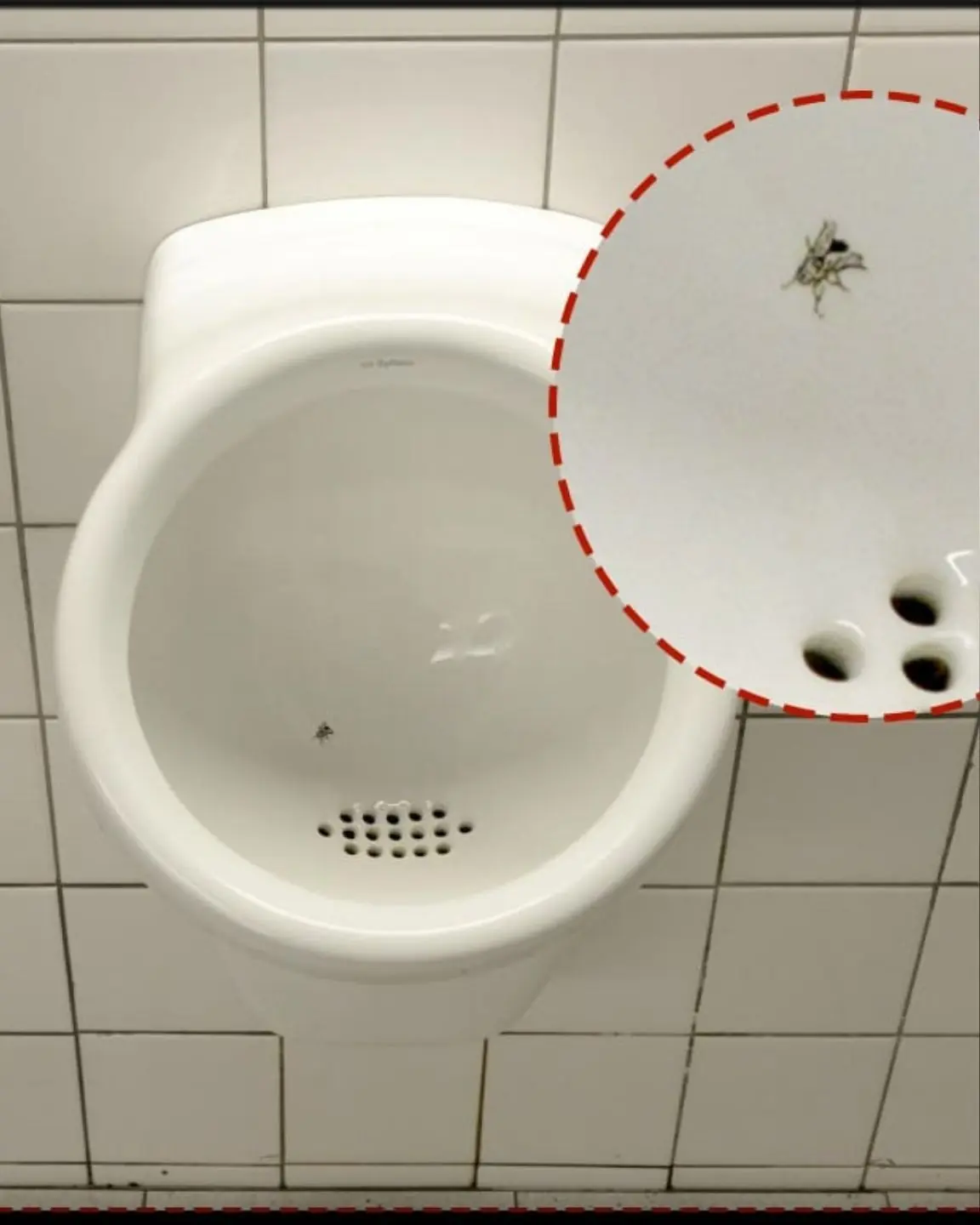
Why are there fly designs painted on toilets at Amsterdam airports?
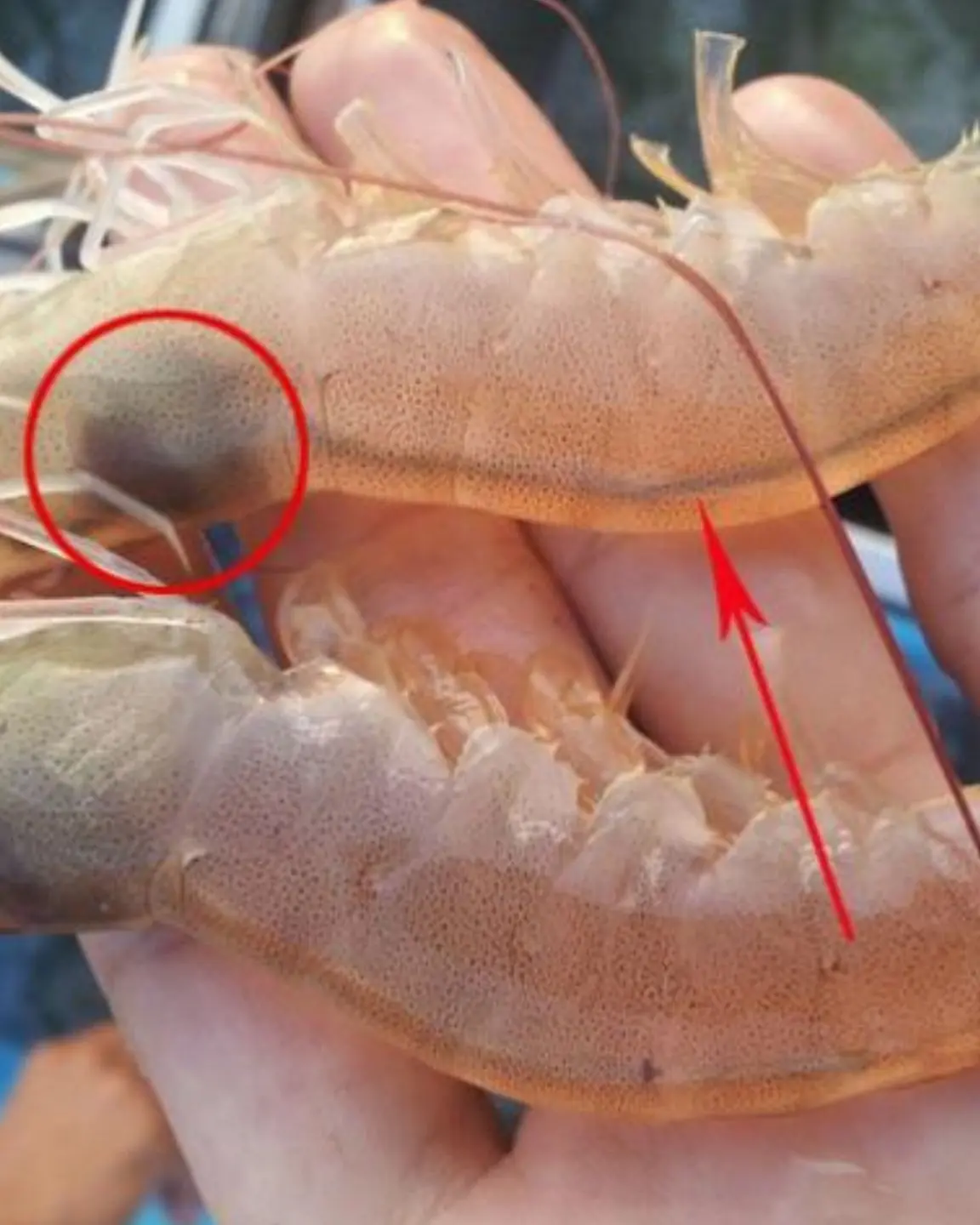
Does the black part on the shrimp's head contain roe or feces? Experts explain the con.tro.versy

What Does a Forehead Kiss Mean? 10+ Reasons Behind This Personal Peck
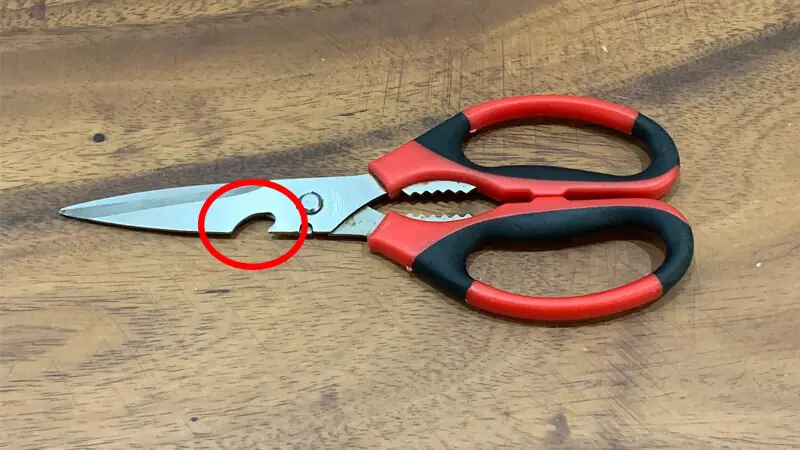
The Purpose of the Notch on Scissors: Many Homemakers Don’t Know How to Use It—What a Shame!

The photo that made millions of people cry about the profession considered the di.rtiest in the world
News Post
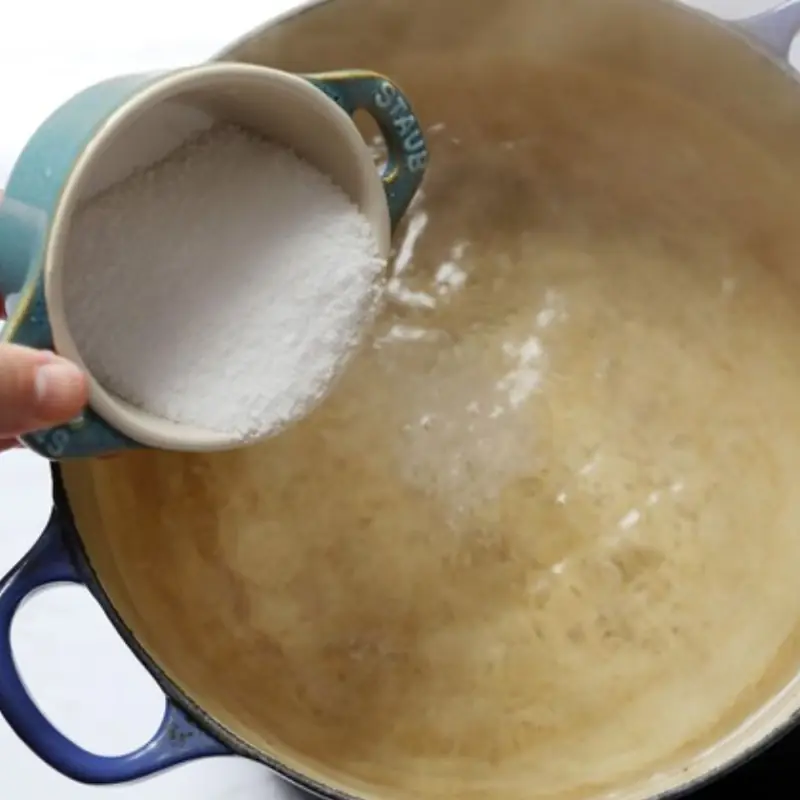
Cancer Cells Love These 3 Flavors the Most — Many People Are Shocked to Realize They Eat Them Every Single Day

Early Detection of Diabetes Through 7 Commonly Overlooked Signs

There Are 4 Parts of a Pig That Seem 'Delicious' But Should Actually Be Thrown Away

Using Public Wi-Fi Without Knowing This Could One Day Wipe Out Your Entire Bank Account
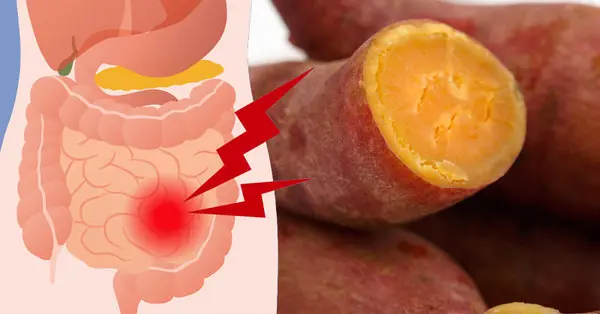
3 Groups of People Who Should Limit Sweet Potatoes, Despite Their Nutritional Value
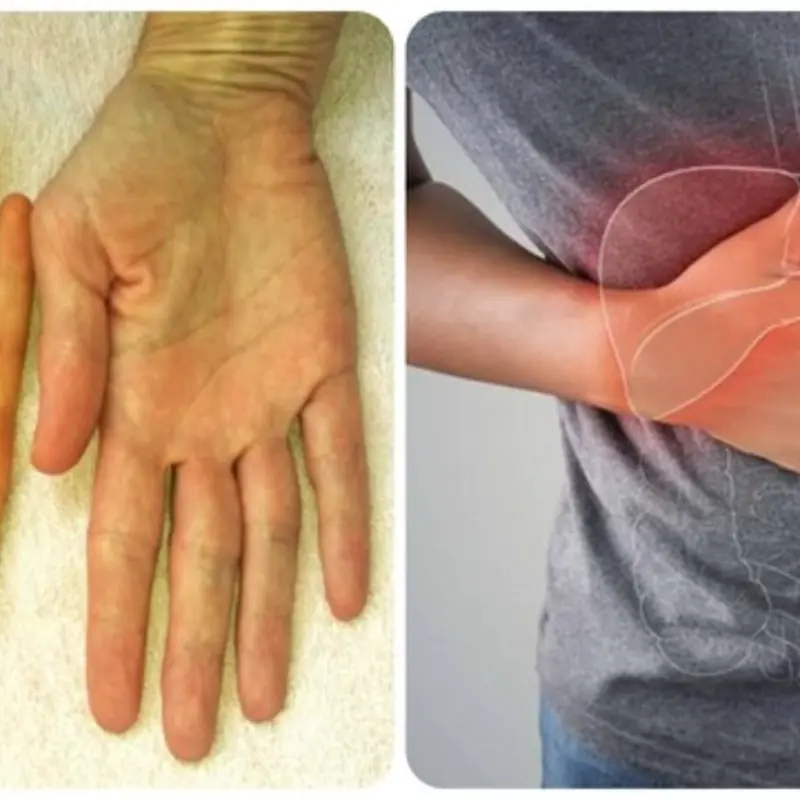
Recognizing 9 Early Signs of Liver Cancer That Are Most Easily Overlooked
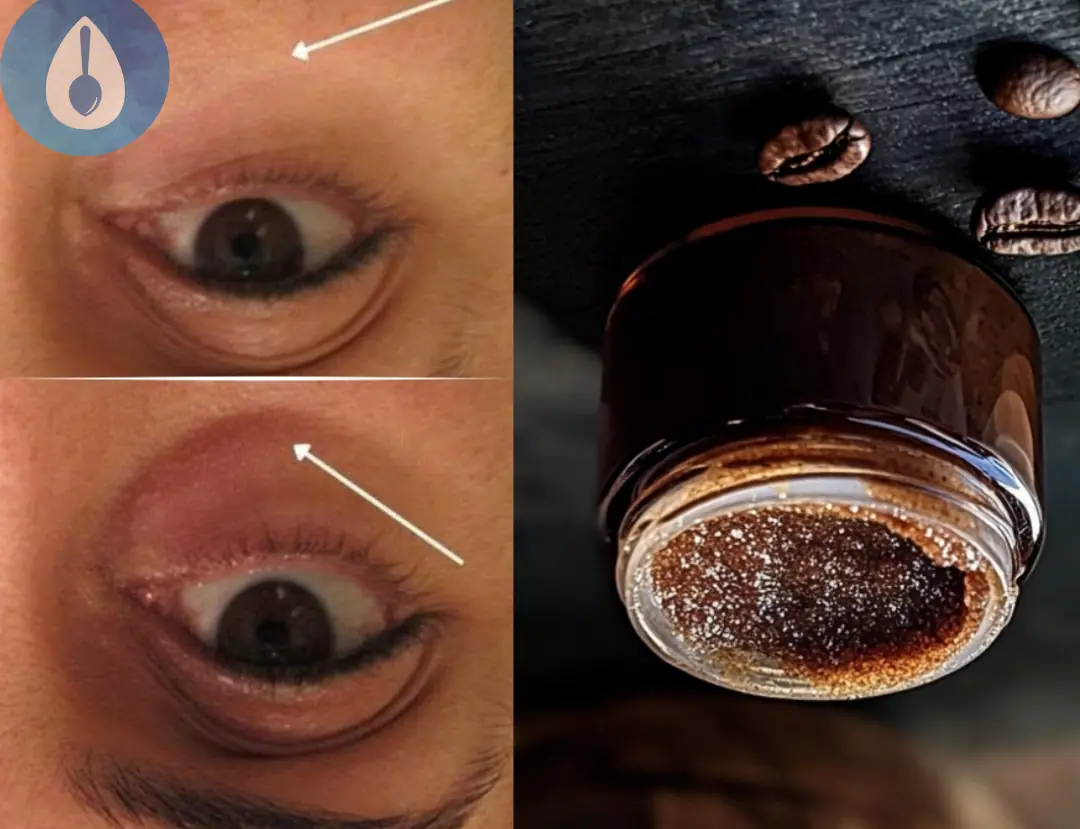
Goodbye Puffy Eyes Coffee Under Eye Cream to Get Rid of Puffy Eyes and Dark Circles

The Best Tea for Swollen Legs: A Natural Diuretic for Ankles and Feet

Natural Treatment for Diabetes, Stomach Issues, and High Blood Pressure
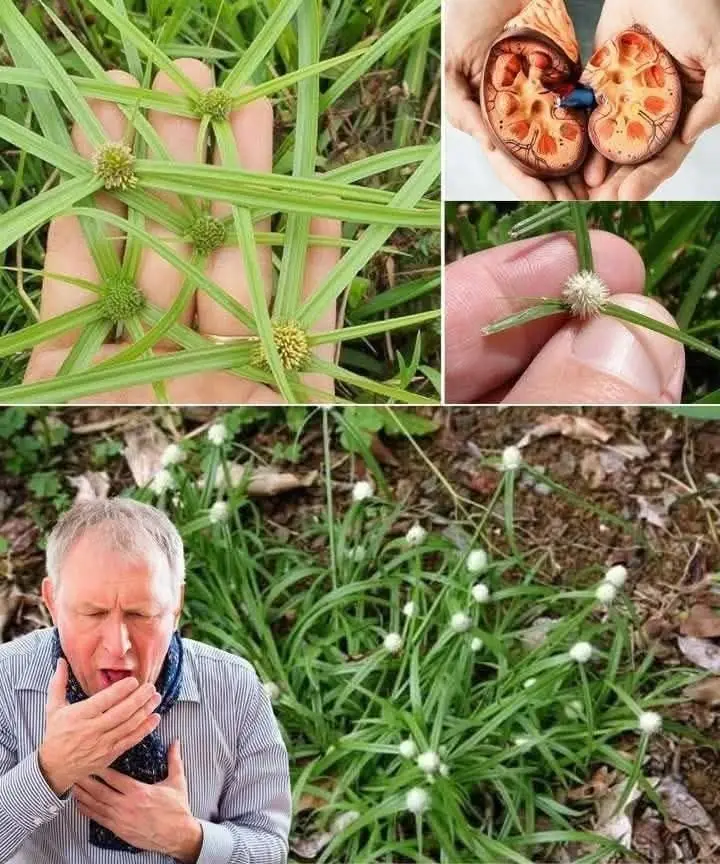
The Famous KFC Coleslaw Recipe

Healthiest FRUIT on EARTH: What occurs in the body by eating just 3 a day?
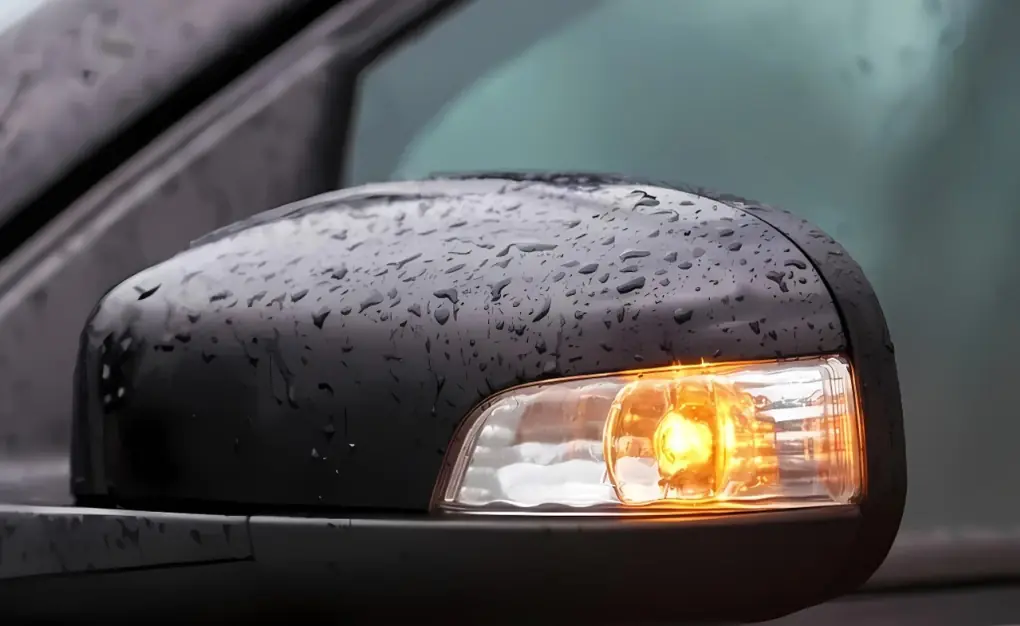
Why Are Turn Signal Lights Yellow Instead of Green or Red?

3 Types of Foods That Spike Blood Sugar – Diabetics Should Limit These

Where are the 3 hidden faces?

10 Can.cer-Fighting Foods You Should Eat Regularly
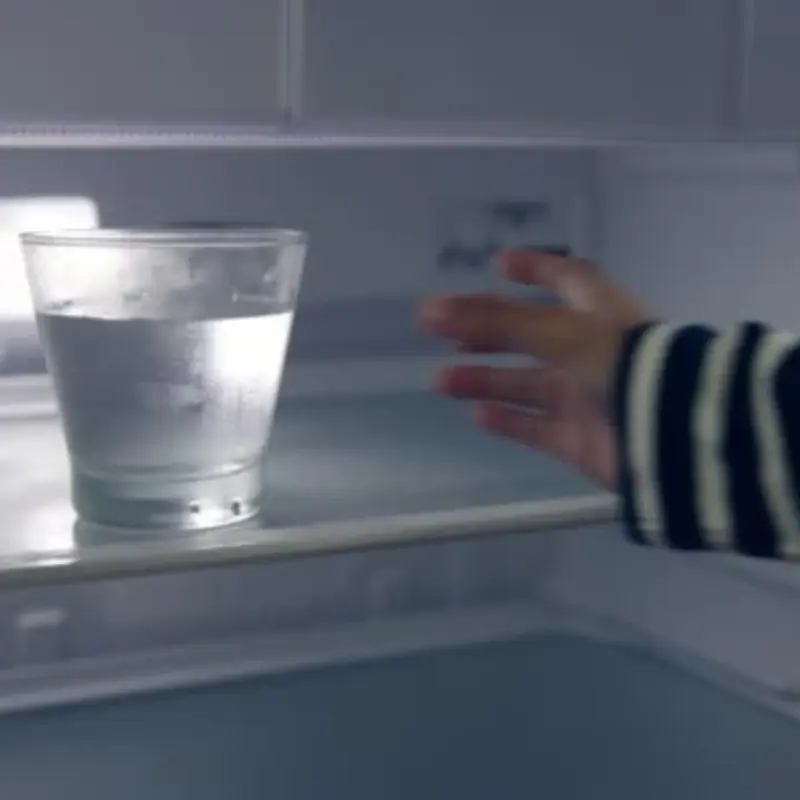
Tips to help you save a lot of electricity money every month

The "Miracle Leaf" of Mexico: Widely Available Across Asia but Little Known for Its Benefits

The liver plays a crucial role in keeping your body healthy

Ginger: The Natural Alternative to Botox for Smoother, Younger Skin
